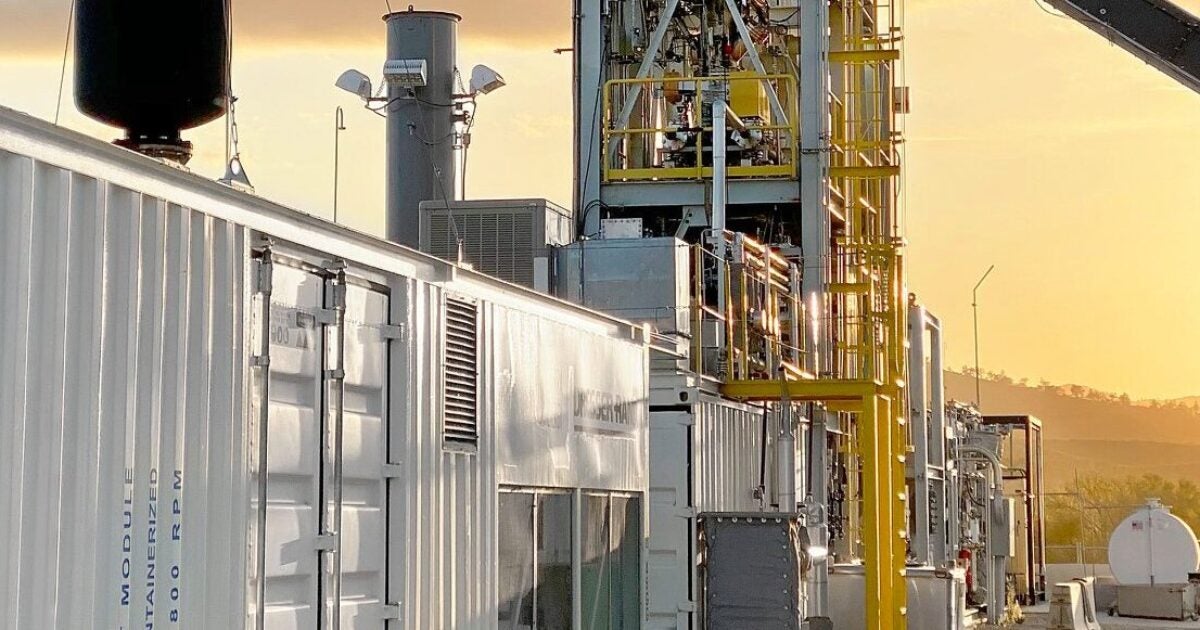Syngas, or
synthesis gas, is a mixture of
hydrogen and
carbon monoxide,
[1] in various ratios.
That is the first statement in the link.
I don't even know what you are arguing anymore.
I work in the process industries. Hydrogen is made in a process called Steam-Methane Reforming. It is the same principle.
You said:
Syngas is made from coal ... period ... here let me throw your link back into your face:
Here is what my link says:
Syngas is produced by
steam reforming or
partial oxidation of natural gas or liquid hydrocarbons, or
coal gasification.
So....no it does not only come from coal.
And I am not talking about biogas...that comes from an anerobic digestor. That is what they are referencing. Not me.
I am talking about gassification. Just like coal can be gasiffied, so can other hydrocarbons (as the article states). Wood can be gassified and it makes true syngas.
From another wiki link on wood gasification:
A
wood gas generator is a
gasification unit which converts timber or
charcoal into
wood gas, a
producer gas consisting of
atmospheric nitrogen,
carbon monoxide,
hydrogen, traces of
methane, and other gases, which – after cooling and filtering – can then be used to power an
internal combustion engine or for other purposes. Historically wood gas generators were often mounted on
vehicles, but present studies and developments concentrate mostly on stationary plants.
See those products.......CO and H2......syngas.
Wood is cellulose: Plants are celluslose: Anything that is a hydrocarbon or a carbohydrate can be gasified to syngas.
And syngas can then be catalytically turned into liquid fuels.
There are technologies out there to convert what is called "stranded gas" (gas that is way to far away from a user to be economincal to recover and transport) into transportation fuels.
Gas to liquids - Wikipedia
It's not very cost effective, but some places are trying to be better environmental stewards by doing it with garbage:
Energy policy research from the University of Pennsylvania

kleinmanenergy.upenn.edu
You'll see that the products are syngas and I can tell you they are NOT talking about biogas.
CO and H2 are building blocks in Fischer Tropsch which is still the model reaction for recombination.

en.wikipedia.org
The
Fischer–Tropsch process (FT) is a collection of
chemical reactions that converts a mixture of
carbon monoxide and
hydrogen, known as
syngas, into liquid
hydrocarbons. These reactions occur in the presence of metal
catalysts, typically at temperatures of 150–300 °C (302–572 °F) and pressures of one to several tens of atmospheres. The Fischer–Tropsch process is an important reaction in both
coal liquefaction and
gas to liquids technology for producing liquid hydrocarbons.
[1]

www.star.nesdis.noaa.gov





